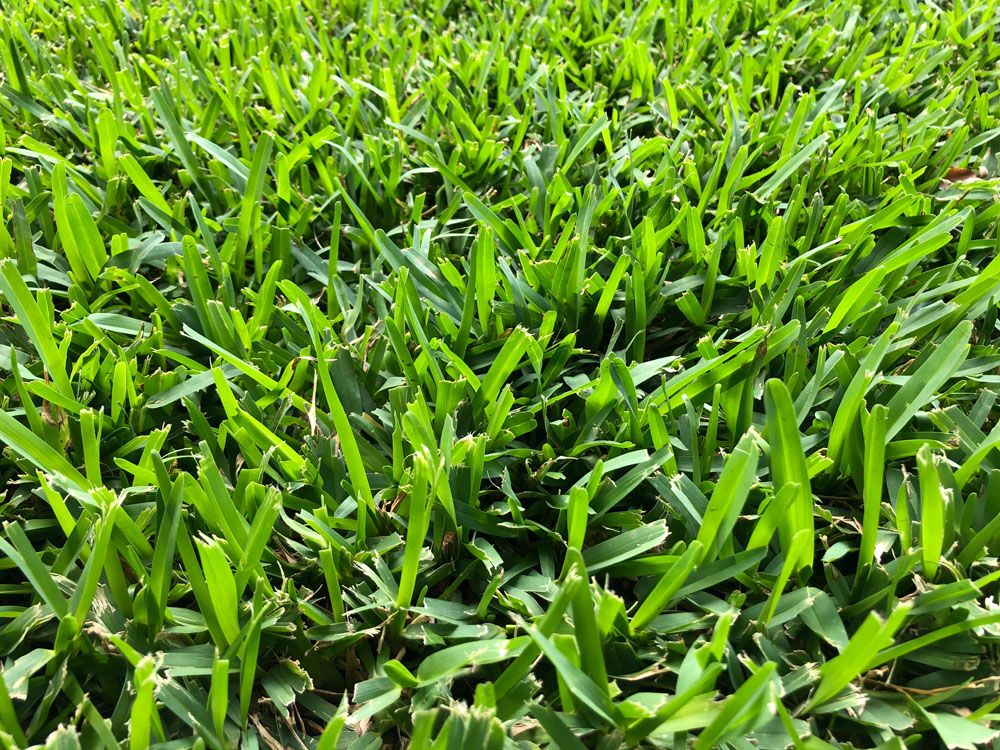
Stenotaphrum secundatum – St. Augustinegrass –
Stenotaphrum Secundatum – St. Augustinegrass: Management and Control
St. Augustinegrass, sometimes known as Charleston grass, is a coarse-textured, spreading grass found in warmer parts of the Southern United States. It will turn brown in the fall and take a long time to green up in the spring. It is the warm-season turfgrass with the lowest cold tolerance. St. Augustine grass is a strong warm-season plant with a gritty texture. It develops vegetatively by stolon and rapidly roots along its prostrate stems. Normally, the plant does not yield viable seeds. It thrives in damp areas and has a low tolerance for drought.
It is widely used as pasture grass and is also produced as a lawn grass. This plant is both hot and drought resistant. This plant comes in a variety of varieties. This plant grows by rhizomes and, when used as lawn grass, requires little maintenance. It is usually offered as turf or plugs and is seldom propagated from seed. It is resistant to weed invasion due to its compact, tight structure. It has been shown to improve soil structure, boost water infiltration rates, and increase soil water retention capacity. It will grow as a lawn in most soils found in the southern states. It tolerates shade well, making it a better choice than other southern grasses.
Maintenance
Regular maintenance will assist to maintain your St. Augustinegrass lawn lush, healthy, and appealing. As soon as the grass starts to green up in the spring, start mowing on a regular basis. Mow often enough that each mowing only eliminates one-third of the leaf area. Only apply herbicides when weeds are present and the grass is healthy and actively growing. Propiconazole, thiophanate methyl, mycobutanil, and azoxystrobin are some of the most widely recommended fungicides. Some of them come in a bottle and may be sprayed on with a garden hose.
